A clogged catalytic converter means that the honeycomb material inside of the catalytic converter body has become blocked. This will restrict the flow of exhaust fumes from the engine, but will it prevent the car from starting?
As a general rule, no, a blocked catalytic converter will not prevent a car from starting. It will prevent the vehicle from running properly and the engine will suffer from a lack of power and may stall.
If the car won’t start it may be caused by a lack of fuel, a lack of ignition or compression in the cylinders; or an electrical problem such as a bad battery or faulty engine sensor.
As an Amazon Associate we earn from qualifying purchases.
Can a bad catalytic converter cause a car not to start?
A bad catalytic converter won’t usually stop a car from starting, however if it is very blocked or damaged internally, it may restrict the exhaust gases enough to cause the engine to cut out soon after starting.
Usually, a bad catalytic converter won’t be noticeable until you start driving. If the catalytic converter is clogged, the most common symptom is a lack of power. This is usually caused by the restriction of exhaust gases that are leaving the engine.
A blocked catalytic converter will cause a build-up of exhaust fumes that will affect the running of the engine. A backup of exhaust fumes can result in residual exhaust gases remaining in the engine cylinders at the end of the combustion cycle and the efficiency of the engine will reduce dramatically resulting in a loss of power as the exhaust gas will not burn as well as fresh oxygen-rich air.
How do you know if your catalytic converter is completely blocked? (3 Common Symptoms)
A blocked catalytic converter can have a number of symptoms, most of which are related to the performance of the engine.
Symptom 1. Check engine light on the dashboard
A very common symptom of a clogged catalytic converter is a check engine light. If the catalytic converter is partially blocked or not filtering as it should then this can trigger a number of different engine error codes that can cause the check engine light to come on.
Usually, a clogged catalytic converter is caused by an engine that is running badly. A bad catalytic converter will not register an error code by itself as it does not communicate directly with the ECU. The check engine light will be triggered by one of the engine sensors or one of the O2 sensors fitted to the exhaust. These sensors can pick up on engine misfires, an engine that is running lean or rich, and other problems that manifest due to a badly running engine.
If you run a diagnostic readout with an OBD reader, look out for error codes such as P0420, P0171, P0172, P0300-P0306. These codes indicate an engine that is not running correctly and it is important to fix these before replacing the clogged catalytic converter.
Symptom 2. Lack of Engine Power
Another common symptom of a blocked catalytic converter is a lack of engine power, especially under acceleration. The lack of power has two causes. As outlined earlier, a blockage of the converter will prevent exhaust gases from leaving the engine as quickly as they should. This can lead to a reduction in the efficiency and power output of the engine.
A second reason for the loss of power is a problem with the engine and how it is running. This is actually one of the primary reasons why catalytic converters get clogged up in the first place. If the engine is misfiring or is running rich or lean, or if there is unburnt fuel or even engine oil getting into the exhaust fumes, this will damage the catalytic converter.
Symptom 3. Bad smells and Excess Exhaust Smoke
A partially clogged catalytic converter can cause a rotten egg or sulphur smell from the exhaust. This is because the converter is not filtering all of the sulphur dioxide from the exhaust fumes.
This is usually caused by an engine that is running rich, which leads to unburnt fuel that contains sulphur, making its way into the tailpipe. If the engine fault that is causing it to run rich is not repaired, this will eventually lead to the catalytic converter becoming completely blocked.
What Next – How To Fix A Clogged catalytic converter and a car that won’t start
If your car won’t start or if it is not running well, then the problem may be partially caused by a clogged catalytic converter.
Here are a few things to check before you remove the catalytic converter.
- Check the battery condition. One of the most common reasons why a car won’t start is because of a flat battery, or a battery that is not charging properly. Before you do anything else, check that the battery has a sufficient charge by using a multimeter or a battery check tool. Modern vehicles need at least 11.5 Volts to start an engine, and sometimes more if it is a diesel engine. Ideally the voltage should be between 12.3 and 12.6 volts with the engine off. If the voltage is ok, check that the battery cables are tight and free from corrosion.
- Check for error codes in the ECU memory. Using a diagnostic code reader, check for engine error codes stored in the ECU. This can help you to pinpoint which engine system or sensor is stopping the engine from starting. If the catalytic converter is clogged, then it may have been caused by an engine running rich and there may be ab error code stored that will point to the cause of this.
- Check the fuel pressure. If the battery is ok, the next thing to check is the fuel pressure to ensure that fuel is getting to the engine. The best way to check fuel pressure on a modern engine is by using an OBD-II reader. Here are more detailed instructions on how to check the fuel pressure without a pressure gauge. The fuel pressure at the fuel rail should be at least 40PSI and much higher if the engine is a diesel. If the fuel pressure is low this may be caused by a bad fuel pump, a leak in the fuel system or a blocked fuel filter.
- Check the condition of the spark plugs. If the battery is ok and the fuel pressure is fine then you need to make sure that the spark plugs are in good condition and the ignition coils are fitted correctly. Assuming there are no error codes that point to a problem elsewhere, you will need to remove each spark plug one at a time and check for corrosion, oily deposits or other signs of wear. An engine that is running rich will cause carbon build up on the spark plug tips and can also cause catalytic converter blockage. If the spark plugs are wet this can point to a coolant or engine oil leak. This may be caused by a leaking head gasket, worn piston rings or leaking valve seals.
- Check the O2 sensors. If there are O2 sensor errors stored in the ECU, this may point to a catalytic converter that isn’t filtering the exhaust gases properly. It probably won’t stop the engine from starting, but the engine can run badly if the ECU is trying to compensate for the O2 sensor readings. There are 2 oxygen sensors fitted per catalytic converter, one before and one after. The exhaust gas readings for each sensor are compared by the ECU and this gives an indication of how well the converter is working. It’s worth removing and checking each sensor for wear and carbon buildup. You should also check the wiring and connectors for each sensor.
- Check the back pressure at the tailpipe. If there is a significant difference in pressure between the engine and exhaust sides of the catalytic converter, then this can indicate an internal blockage. A back pressure gauge can sometimes be connected to the exhaust via the oxygen sensor hole in order to measure the pressure of the exhaust gases as they pass through the catalytic converter. This test is not always possible as the engine needs to be running and you need to have good access to the oxygen sensors.
- Remove the catalytic converter. Ultimately, removing the catalytic converter is the best way to confirm a blockage. If the engine starts when the converter has been removed and there is plenty of power, then the converter could be to blame.
What happens if you don’t fix a catalytic converter?
If you don’t fix a catalytic converter, this can cause damage to the engine and other parts of the tailpipe and its oxygen sensors. The vehicle will likely fail an emissions test and you are increasing the risk of it catching fire, as the hot exhaust fumes build up inside the catalytic converter.
Not fixing a bad catalytic converter will usually result in the check engine light staying on all of the time. The engine will also run badly due to the backup of exhaust fumes and out of range readings from the oxygen sensors. You’ll also experience a lack of engine power and a drop in fuel efficiency.
It’s also very likely that the catalytic converter will eventually become completely blocked as the internal materials will melt and crack due to the excessive heat. This can prevent the vehicle from running for any length of time at all.
As an Amazon Associate we earn from qualifying purchases.


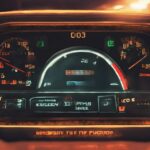



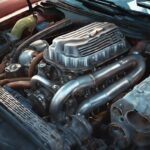
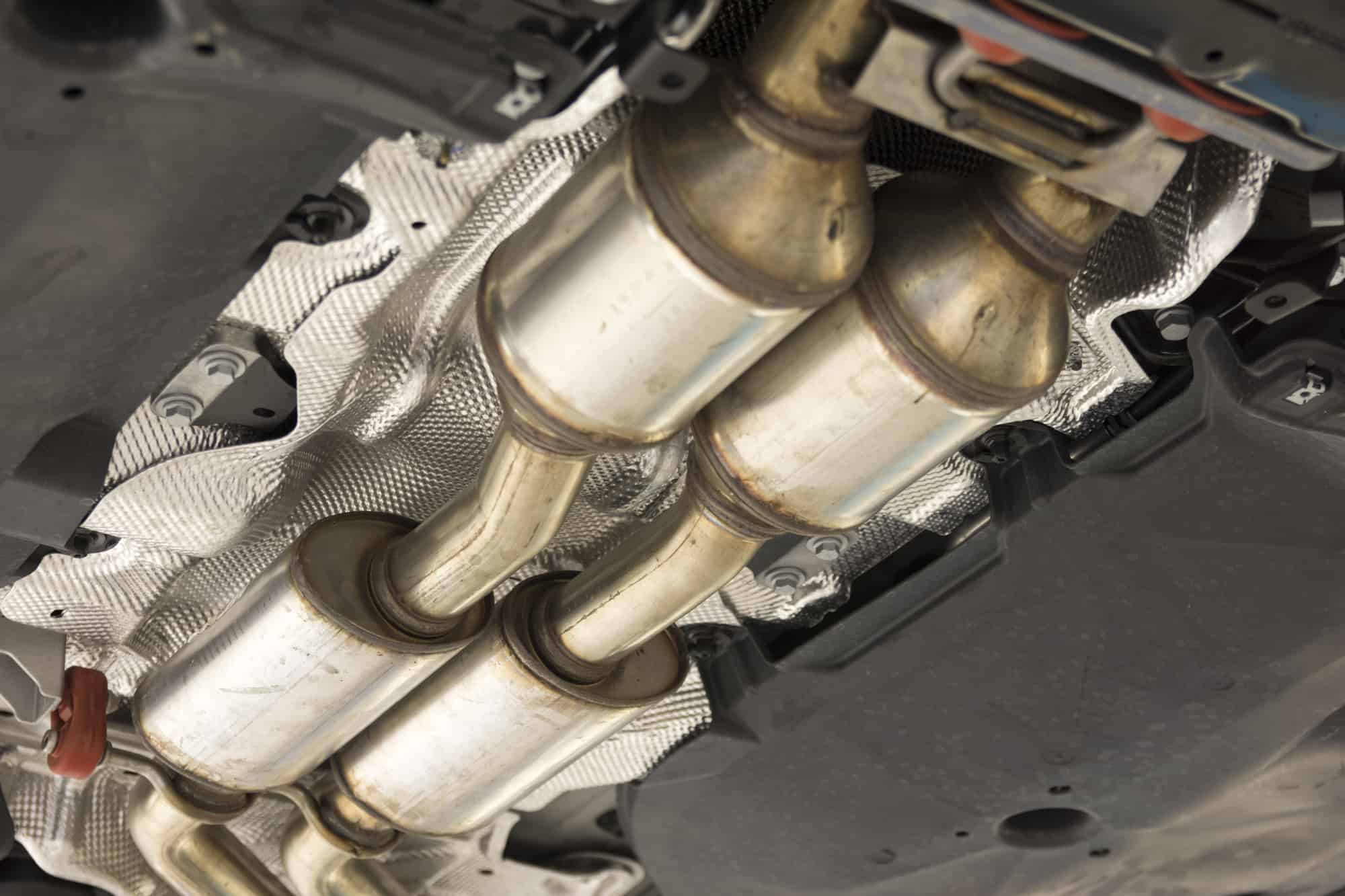





















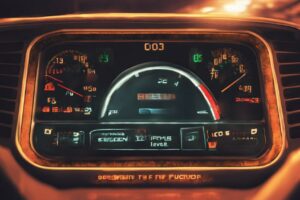
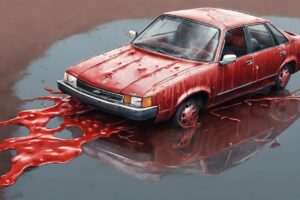
I’ve been experiencing some issues with my car recently where it seems to lack power, especially under acceleration. How can I figure out if this is due to a blocked catalytic converter or if something else might be causing the problem?
How can I distinguish between a simple clogged catalytic converter and one that’s damaged internally beyond repair?